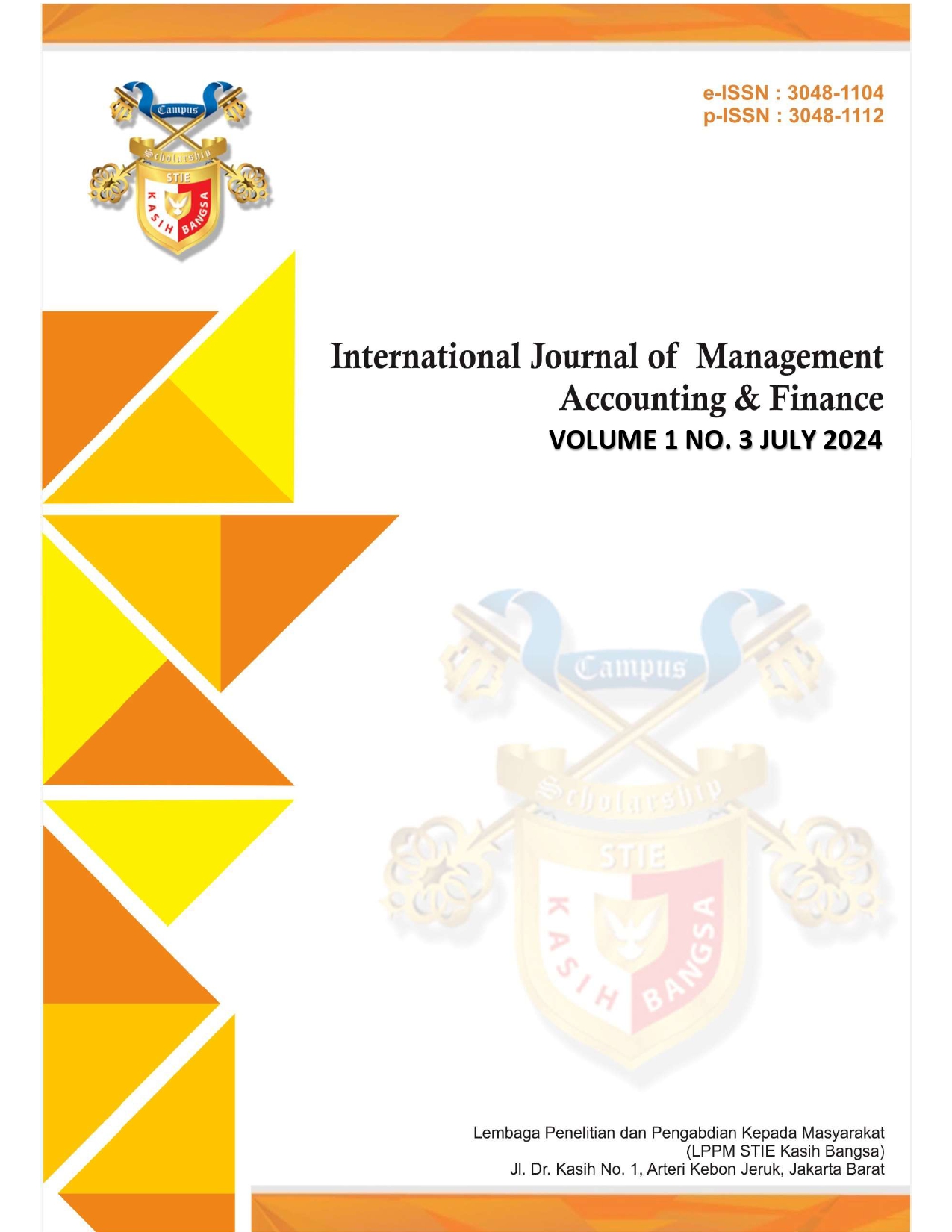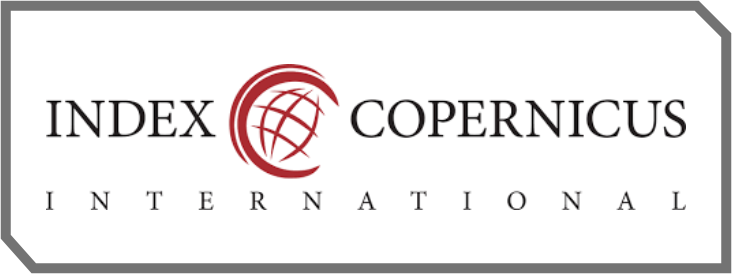The Effect of Financial Performance on Firm Value in Transportation Sector Companies Listed on the Indonesia Stock Exchange (IDX) During 2020–2024
DOI:
https://doi.org/10.70142/kbijmaf.v2i4.366Keywords:
Financial Performance, Firm Value, Indonesia Stock Exchange, Signaling Theory, Transportation SectorAbstract
This study aims to analyze the effect of financial performance on firm value in transportation sector companies listed on the Indonesia Stock Exchange (IDX) during the 2020–2024 period. The research uses a quantitative approach with a causal associative method, employing secondary data obtained from annual financial statements and capital market databases. Financial performance is measured using three indicators—Net Profit Margin (NPM), Return on Assets (ROA), and Return on Equity (ROE)—while firm value is measured using Earnings Per Share (EPS) and Price to Book Value (PBV). Data analysis is conducted using the Structural Equation Modeling (SEM) approach based on Partial Least Squares (SmartPLS). The results show that financial performance has a positive and significant effect on firm value, as indicated by a path coefficient of 0.8622, a t-statistic of 31.2125, and a p-value of 0.000. These findings imply that the better a company’s financial performance, the higher its firm value. The results also support the Signaling Theory, which explains that strong financial performance serves as a positive signal to investors about a company’s future prospects. The study highlights the strategic importance of profitability improvement, cost efficiency, and transparency in financial reporting to enhance firm value and strengthen investor confidence, especially in the transportation sector that plays a crucial role in post-pandemic economic recovery.
References
Amrulloh, A., Wibawa, K. D., Fadilla, R. N., & Aditya, F. (2022). Kinerja keuangan perusahaan sub sektor rokok yang terdaftar di Bursa Efek Indonesia periode 2016–2020. Jurnal Ekonomi Bisnis, Manajemen dan Akuntansi (JEBMA), 2(2), 60–68. https://doi.org/10.47709/jebma.v2i2.1829
Ari Ani, D., Tim, U., Semarang, K., & Tengah, J. (2025). Kinerja keuangan dan nilai perusahaan: Bukti empiris dari pengaruh ROA, ROE, NIM, dan DER. Jurnal Ekonomi dan Keuangan, 3(2), 163–175. https://doi.org/10.61132/moneter.v3i2.1819
Ayuriany, T., Lee, J., & Hidayati, I. (2023). What access-for-all entails? Examining commuting experiences from subjective and objective accessibility in a fast-growing city, Jakarta. Asian Transport Studies, 9, 100115. https://doi.org/10.1016/j.eastsj.2023.100115
Brigham, E. F., & Houston, J. F. (2021). Fundamentals of financial management. Cengage Learning. https://books.google.co.id/books?id=9uUXEAAAQBAJ
Dian Prasasti. (2022). Pengaruh investasi, tenaga kerja dan pengeluaran pemerintah terhadap pertumbuhan ekonomi di kabupaten & kota Sulawesi Selatan. Jurnal Ilmu Ekonomi (JIE), 6(3), 478–490.
Gitman, L. J., & Zutter, C. J. (2015). Principles of managerial finance. Pearson Education. https://books.google.co.id/books?id=tx2-ngEACAAJ
Hair, J., & Alamer, A. (2022). Partial least squares structural equation modeling (PLS-SEM) in second language and education research: Guidelines using an applied example. Research Methods in Applied Linguistics, 1(3), 100027. https://doi.org/10.1016/j.rmal.2022.100027
Lenormand, M., Bassolas, A., & Ramasco, J. J. (2016). Systematic comparison of trip distribution laws and models. Journal of Transport Ge-ography. https://doi.org/10.1016/j.jtrangeo.2015.12.008
Lindgren, E., Pettersson-Lidbom, P., & Tyrefors, B. (n.d.). The causal effect of transport infrastructure: Evidence from a new historical database.
Mukherjee, J., & Raghuram Kadali, B. (2022). A comprehensive review of trip generation models based on land use characteristics. Trans-portation Research Part D: Transport and Environment, 109, 103340. https://doi.org/10.1016/j.trd.2022.103340
Rianti, S., Ridwan, P., Pramukti, A., Faisal, M., Pelu, A. R., & Muslim, M. (2023). Financial performance on firm value with corporate social responsibility disclosure as moderating variable. Paradoks: Jurnal Ilmu Ekonomi, 6(2), 71–85. http://www.kemenperin.go.id
Sabir, M., Akram, M., & Mian, R. U. (2024). Transport, logistics, and economic growth nexus: A cross-country analysis. Transport and Tele-communication, 25(4), 462–472. https://doi.org/10.2478/ttj-2024-0033
Shi, J., Bai, T., Zhao, Z., & Tan, H. (2024). Driving economic growth through transportation infrastructure: An in-depth spatial econometric analysis. Sustainability (Switzerland), 16(10), 4283. https://doi.org/10.3390/su16104283
Spence, M. (1973). Job market signaling. Quarterly Journal of Economics, 87(3), 355–374. https://competitionandappropriation.econ.ucla.edu/wp-content/uploads/sites/95/2017/08/Spence1973.pdf
Velte, P. (2025). Audit quality and materiality disclosure quality in integrated reporting: The moderating effect of carbon assurance quality. Corporate Social Responsibility and Environmental Management, 32(3), 3785–3801. https://doi.org/10.1002/csr.3153
Widita, A. (2025). Rural-urban migration and household transportation expenditures: A causal exploration method using Indonesian panel data. Transportation Research Interdisciplinary Perspectives, 31, 101408. https://doi.org/10.1016/j.trip.2025.101408.
















